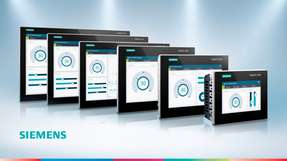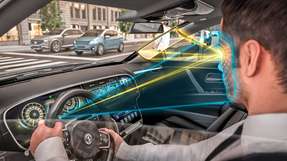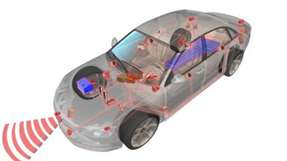Dashboards with human-machine interfaces (HMIs) are sleek and stylish, and touchscreens are now the norm. They are used to navigate to a new destination, set the vehicle’s advanced driver assistance system (ADAS) features, or change the color of the interior trim lighting. Smartphones are tightly integrated into the HMI via USB or Bluetooth through apps such as Android Auto and Apple CarPlay. For motor manufacturers, touchscreen HMIs are ushering in a new era in terms of ease of use replacing mechanical dials, buttons, and switches and advancing the aesthetics of a vehicle’s interior design. However, there are a few things to keep in mind.
Critical Factors of Automotive HMI Design
Safety is a critical design factor for any automotive HMI. Its operation should not distract the driver, be intuitive, and, if possible, access to certain features might be disabled while the vehicle is moving. Selecting a different music album to listen to or read a text message are all non-essential actions that result in the driver taking their eyes off the road ahead. With so many functions now available from an automotive HMI, the opportunity for distraction increases significantly, promoting legislation and international standards.
Although still in their infancy, standards such as ISO 15005:2017, which stipulates HMI actions should take 1.5 seconds or less, are beginning to evolve. For example, Volkswagen’s HMI monitors the driver’s usage and warns the driver if they spend too much time accessing different functions, such as searching for a contact in the address book or attempting to read an item of news.
The use of touchscreen controls in automotive HMIs are increasingly being questioned on safety grounds. Voice control is emerging as a safer, more viable candidate for HMI input and control, although voice recognition does present some technical challenges.
Apart from improving cockpit aesthetics, another driver of automotive HMIs is to present a simple-to-use, intuitive interface to access a host of comprehensive functions, particularly in the case of semi- and fully autonomous vehicles. Electric and hybrid vehicles require many different displays than a conventional internal combustion-powered vehicle, for which a software-driven touchscreen HMI is ideal. In the above examples, an increasing amount of user interface (UI) and user experience (UX) design effort is required to create an HMI that is informative and easy to use.
Over the years, vehicle manufacturers have learned that consumers are particularly attracted to HMIs and that user interface and user experience (UI/UX) is a significant factor in purchasing decisions. Developing custom icons, symbols, and fonts might be a chore for the embedded developer, but such attention to detail pays dividends.
For the driver and their passengers, the HMI permits the personalization of vehicle functions to suit their mood, from comfort features and interior lighting to balancing engine performance with fuel economy. Let’s review some of the technologies used and the challenges that extremes of temperature and humidity present to the design team.
Popular Automotive HMI Technologies
HMIs need two essential technologies; a display, typically an LCD screen, and a method of input or control. Touchscreens are a proven HMI method, using projected capacitive touch (PCAP) sensing in a thin stack up above an LCD screen. Voice recognition, using machine-learning neural networks, is another input method that is rapidly gaining popularity based on driver safety. Other technologies used with touchscreen include haptics, gestures, proximity, and force detection. As application processors become more powerful, the use of eye-tracking algorithms to provide input controls can be useful.
Voice Recognition
According to automotive research company Tractica, the use of in-vehicle artificial intelligence-based voice recognition HMI assistants will grow significantly in the next few years, creating a global market worth $4.6 billion (USD) by 2025. An estimated 80 percent of automotive HMIs will integrate a voice-recognition system, excluding smartphone assistant applications such as Apple’s Siri and Google Assistant.
Voice commands are already regularly used to control the media functions and to find the quickest route to a destination. Speech recognition relies on the use of machine-learning neural networks, the recurrent network model being the most suitable for this purpose. We might already be familiar with our smartphone voice assistants, but they rely on the almost infinite computing resources in the cloud to turn the speech into command actions. Introducing voice recognition into an automotive environment where reliability is paramount and cellular connectivity not guaranteed requires local inference. Considerable processor and inference engine innovations are already underway to enable high performance, and low-power compute at the edge, and these developments will significantly advance in-vehicle capabilities.
More advanced neural networks lead to more comprehensive natural language algorithms that more reliably understand regional dialects and are more adept at removing background noise. In addition to AI, digital signal processing is needed to remove background road, tire, and wind noise. Speech recognition is a prudent approach to avoid driver distraction and improve road safety.
Touch Controls
PCAP touchscreens are a mature technology with widespread adoption for automotive applications. Multi-touch touchscreen controller integrated circuits are available to manage large screen sizes up to 25 inches; for example, Tesla models use at least a 15-inch portrait touchscreen. LCD screens need to meet the demands of rapidly changing ambient light conditions, from bright sunshine to darkness in seconds. High-brilliance, high-contrast LCD screens are crucial to developing a vehicle’s HMI. Larger screen sizes are preferred than smaller panels, the latter more likely to distract the driver for longer when using. The UI/UX design is critical, since too much information presented is also distracting for the driver. A UI/UX that is structured, with frequently used controls always in the same location, keeps distraction to a minimum, increasing usability and safety.
Multi-touch controllers are now the norm, with most controller ICs incorporating gesture detection capabilities such as pinch and stretch. Conventional mechanical buttons are also replaced with a button, wheel, and slider features implemented in software. Audible tones provide user feedback during operation. The convenience of the touchscreen approach is further enhanced with the use of some innovative features. Haptic sensors, a vibrating or rotating micromechanical element, provide user feedback. Proximity detection is based on capacitive sensing techniques but indicates a finger approaching the LCD panel. It can be used to switch on the screen or to open up a selection menu. A relatively new touchscreen enhancement is the use of a layer of piezo film in the display stack-up to detect the applied pressure or force of touch. Force detection enables a 3D-user experience that can simplify the UI for some applications, or together with haptics, provide a positive feedback mechanism to emulate the pressing of a mechanical button.
Haptic sensor development for automotive applications continues to evolve, too, with in-air haptics promising a completely different and potentially safer user experience. In-air haptics integrates hand-tracking machine-learning algorithms with a matrix of ultrasonic speakers. The speakers emit an ultrasonic waveform that can be shaped by the speaker array to create an ultrasonic pattern a few inches above a control surface that the human hand can feel. For example, a circular control knob can be projected, which the fingertips can feel and grasp. The hand-tracking algorithm can then detect specific gestures or movements, such as turning the knob. This innovative virtual touch UI offers excellent potential for a wide variety of touchless applications and is ideal for applications throughout the automotive sector.
Automotive HMI Design Challenges
The operating environment of an automotive HMI brings several challenges and technical considerations. Firstly, environmental factors such as extremes of temperature and humidity and rapid changes of both might result in condensation or static to form. Touchscreens are particularly prone to water droplets forming on the active surface, or moisture passed from damp fingers. Typically, this causes erratic control actions or the controller IC stopping completely. Dust and dirt can also result in erroneous touch controller activity, but the surface is easily wiped down to remove unwanted particles. Static never mixes well with sensitive electronics, so all aspects of the touch controller and LCD need to conform with automotive ESD standards. All components also need to be automotive qualified in terms of operating temperature up to 85°C and AEC-Q200/Q100 stress resistance. With ambient light conditions varying greatly, particularly in soft-tops, and from moving to bright sunshine to a dark tunnel, the display brightness needs to compensate quickly. For voice and speech recognition, extraneous noise from other vehicle occupants, high-frequency tire noise, and low-frequency mechanical rumbles need to be filtered out. Wind noise from open windows or rushing sounds emanating from air conditioning or heating vents also needs management. The use of multiple microphones placed in the cockpit area, coupled with digital signal processing, will aid in reducing unwanted audible noises and in this way extremely improve the intelligibility of the speaker in the car.
Ensuring an HMI conforms to relevant technical standards is a key priority throughout the design and development process. The use of automotive-grade components is essential, and testing against EMI/EMC standards equally important. Wireless communication is ubiquitous within today’s vehicles, with Wi-Fi, cellular, Bluetooth protocols the most popular. The likelihood of interference with media player, touchscreen, and ADAS functions is high. Also, electric vehicle drive chains generate significant high-frequency switching signals and high dV/dt transients, the latter potentially causing permanent damage to sensitive electronics if not managed correctly. A final point on functional safety applies if the HMI is involved in the operation of ADAS functions. The automotive functional safety standard ISO 26262 examines the potential risks of any software-based system that controls a vehicle’s operation. Risk is assessed based on the potential for harm, the probability that it might occur, and how the system might avoid the risk.
Conclusion
Automotive HMIs have become a crucial part of modern automobiles. The functionality they control and give access to is staggering, everything from in-car media entertainment, wireless connectivity, communication, and navigation. Most utilize a touchscreen as the primary input method. Still, natural language AI-based voice recognition is advancing quickly as high-performance next-generation application processors and inference engines become available.





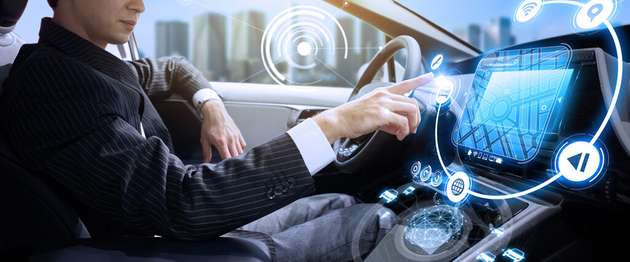
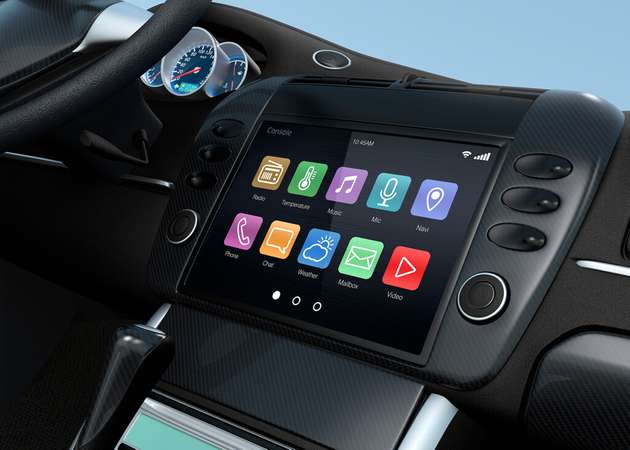
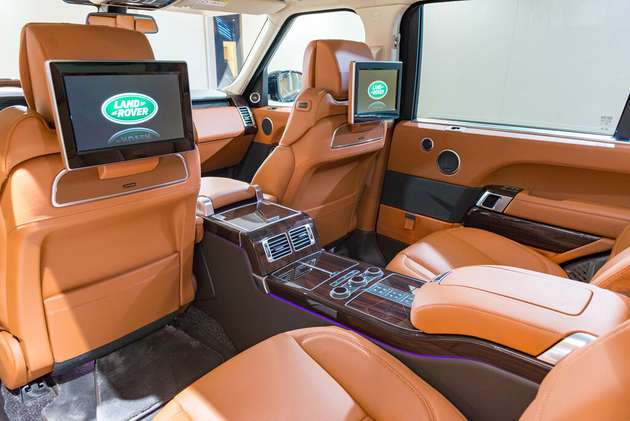

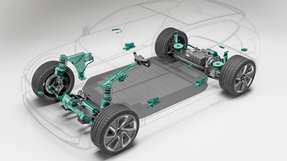


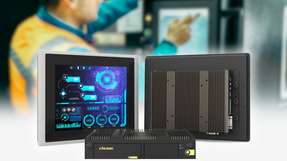.jpg)
